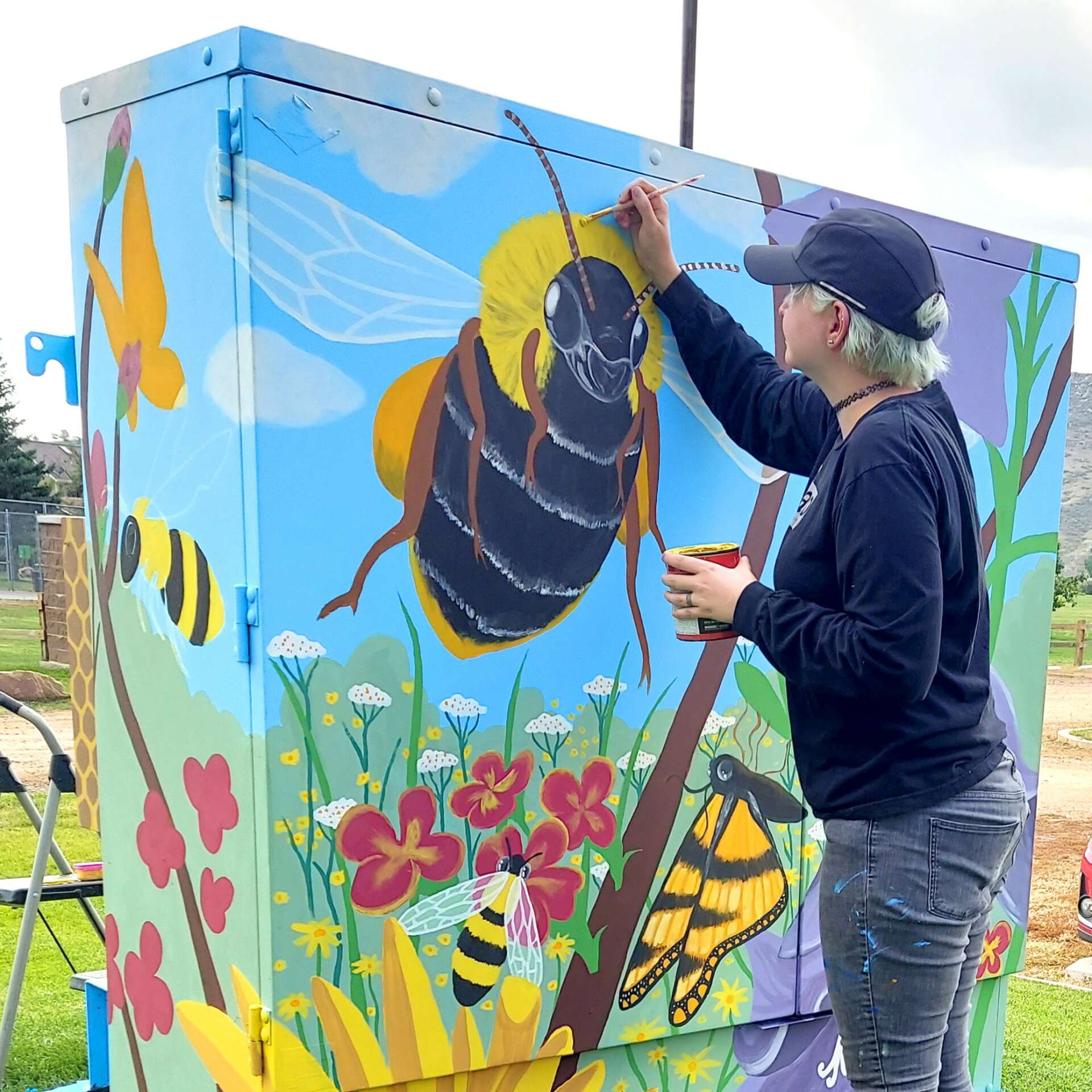We recently connected with Julie Kitzes and have shared our conversation below.
Julie, thanks for joining us, excited to have you contributing your stories and insights. Let’s jump back to the first dollar you earned as a creative? What can you share with us about how it happened?
Before I had ever decided that I wanted to be a professional artist, I carried a sketchbook and drew a lot just for fun. One time when I was waiting for my clothes in a laundromat at age 18 I was approached by a lady who was very interested in what I was creating, and happened to be looking for an illustrator for a project she was working on. I was reluctant to do it because I didn’t feel I was a “real” artist, and was afraid I didn’t know what I was doing. However, I wound up creating several successful illustrations for her on the subject of disordered eating. This was my first paying gig and definitely gave me some confidence to pursue art professionally later on. If there’s one thing I’d suggest to emerging artists, it’s to not be afraid to put yourself out there and try new things.
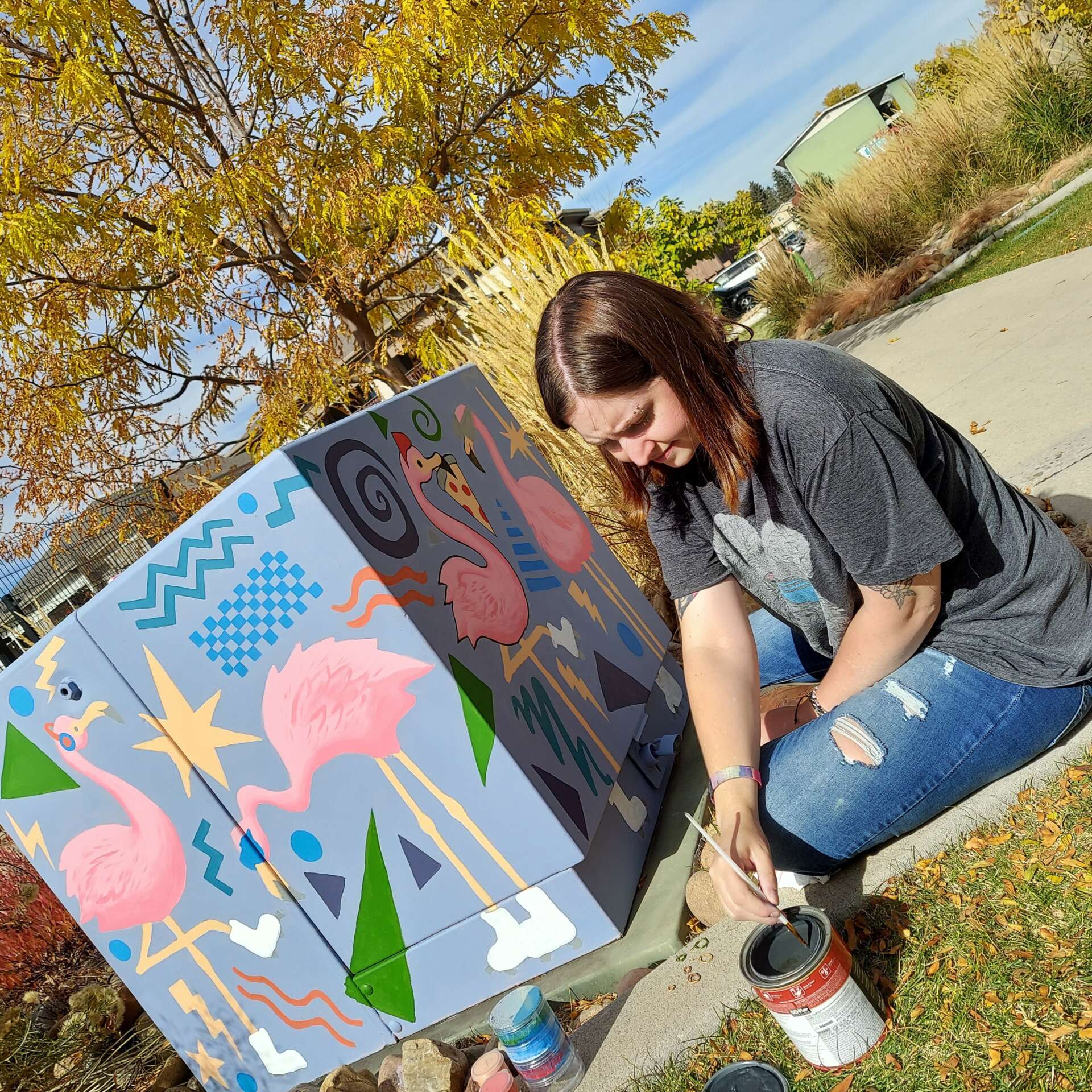

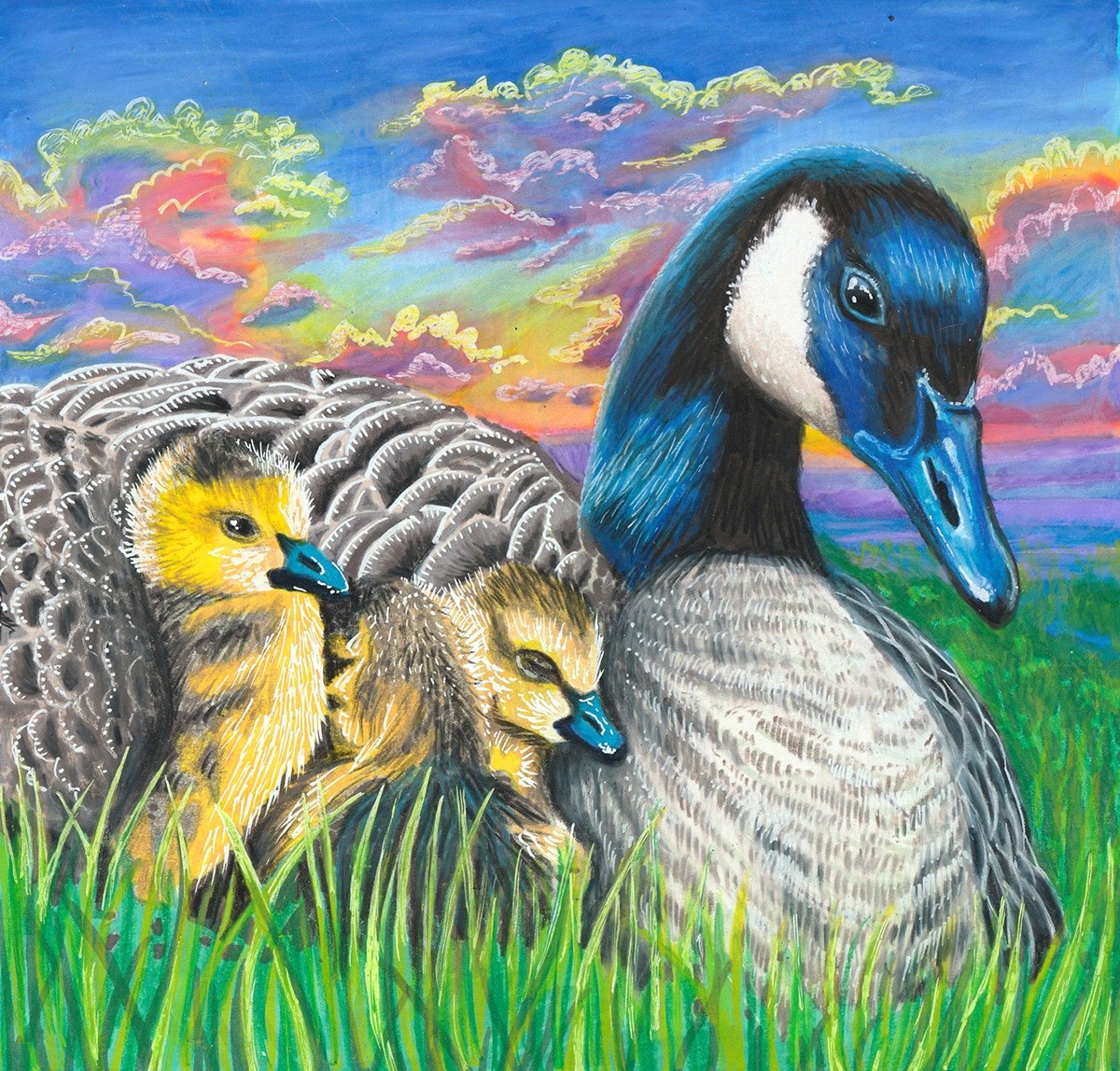
Julie, before we move on to more of these sorts of questions, can you take some time to bring our readers up to speed on you and what you do?
I’m a multi-disciplinary artist who likes to explore a lot of different styles, subjects, and mediums. I do custom pet portraits, editorial illustrations, illustrate and design coloring books, paint murals and utility boxes, and really do whatever sort of project I can get my hands on. Some of the more random projects I’ve done have been designing needlepoint canvases, as well as designing an tentacle-laden iron manhole cover that resides in Santa Clarita, California. I like to learn new skills, keep busy, and most importantly, help others through creative problem solving and by bringing them joy through my work. I used to be a veterinary technician, and adore nature, so I usually focus on animal and science related art. I especially like to bring attention to animal welfare causes (e.g., fighting against breed-specific legislation and supporting local animal shelters). My coloring books can be found on Amazon, and I’m always open for commissions.
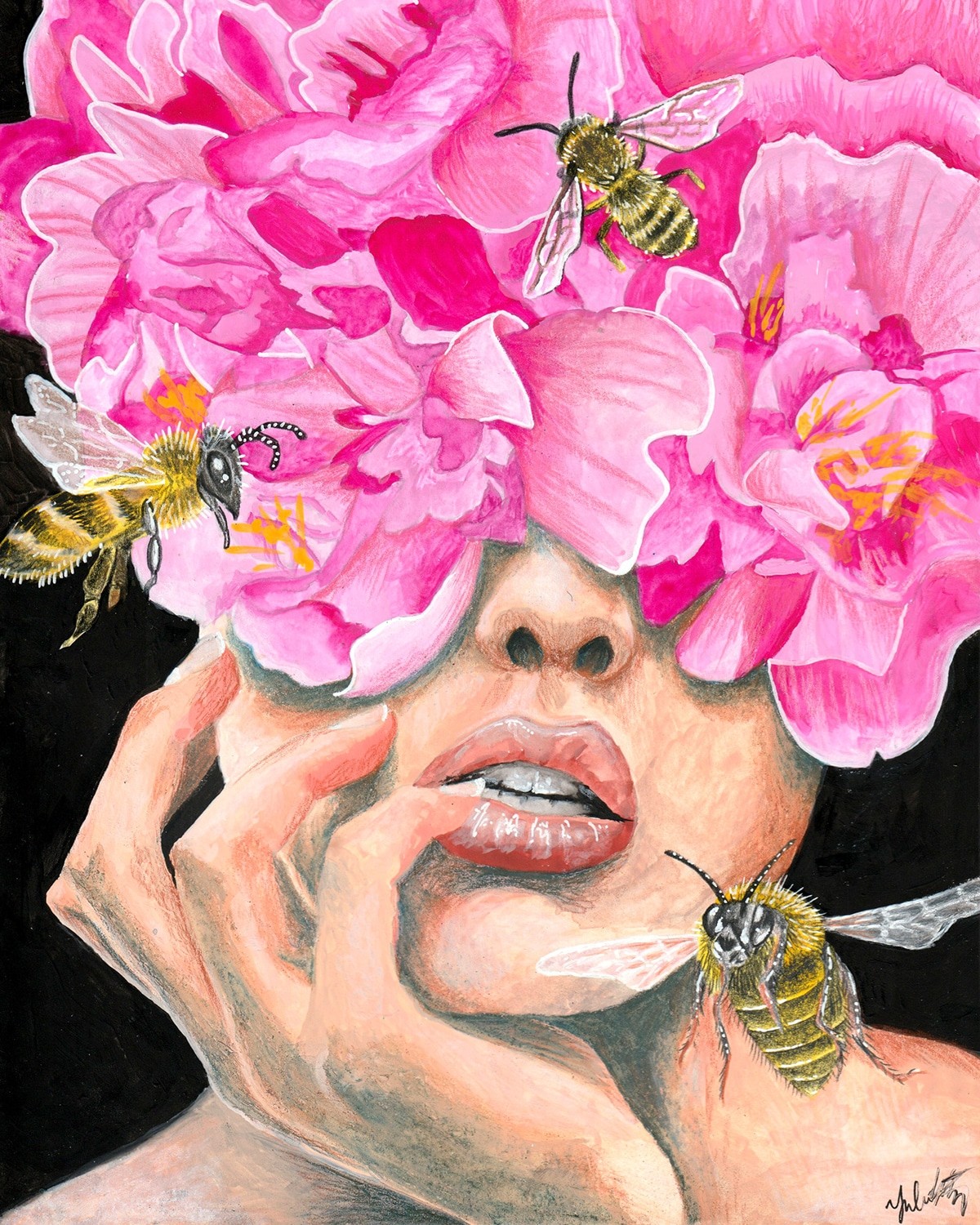
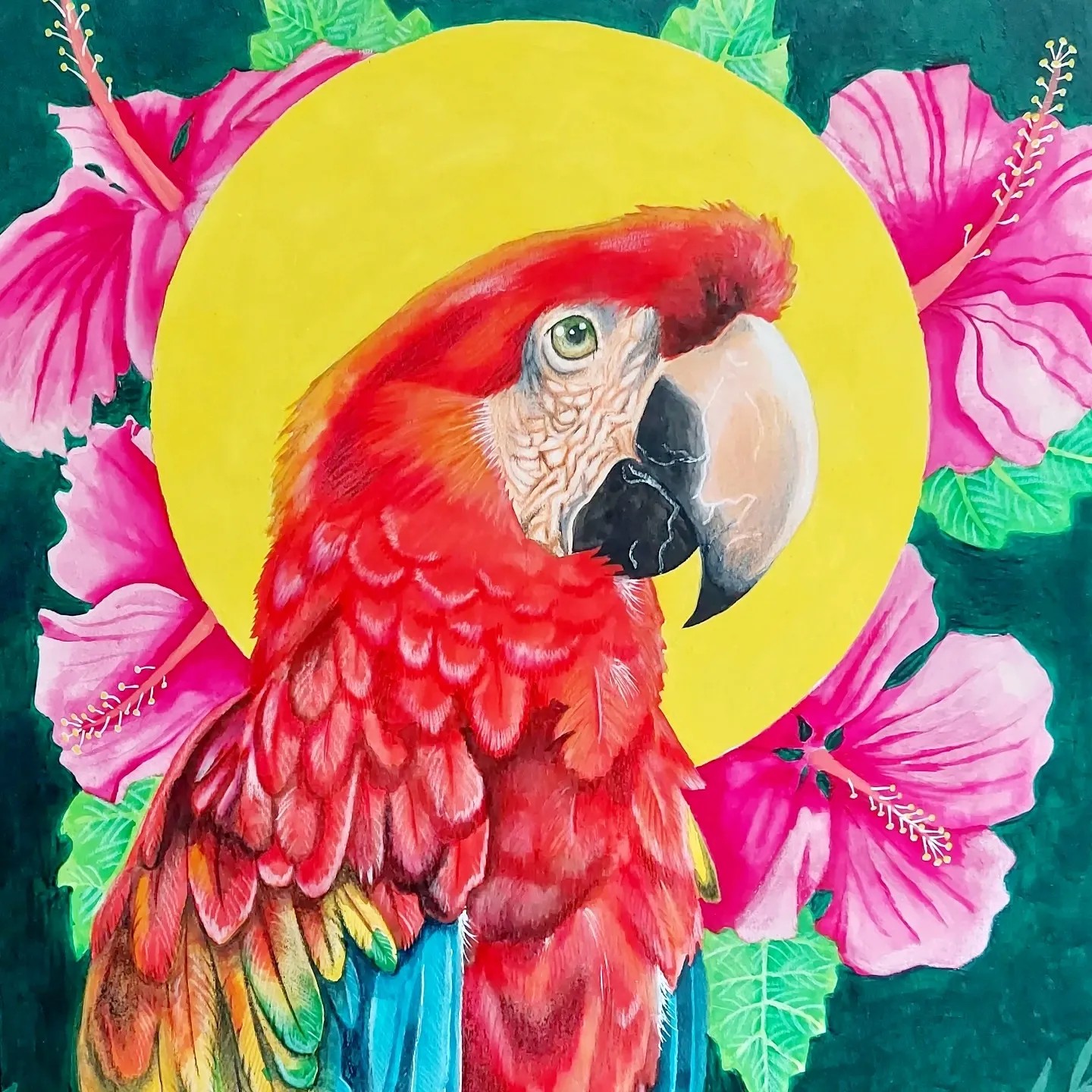

We’d love to hear a story of resilience from your journey.
I used to be a veterinary technician. I adore animals and have always wanted to help them. However, when my health took a turn and I had to have several brain surgeries, I found I didn’t have the capacity to perform all the necessary tasks to work in that field anymore. Coupled with the diagnosis of an autoimmune disease, I made a huge pivot to turn my hobby of making art into a full time career since it felt like something I could do on my own terms. It’s still been a struggle to be a professional artist since I experience chronic pain and illness almost 24/7, and it’s taken a lot of trial and error to find out what works for me, but I’m persevering. I’ve experimented with a lot of different art forms, some of which have not been for me, and plan to keep trying, (and failing), and trying again. My drive and determination outweigh my doubts when it comes to my ability to become a successful artist. I persist in my desire to help animals as well, but now through my art, whether that means creating work to draw attention to important causes, or donating my services to local animal charities.
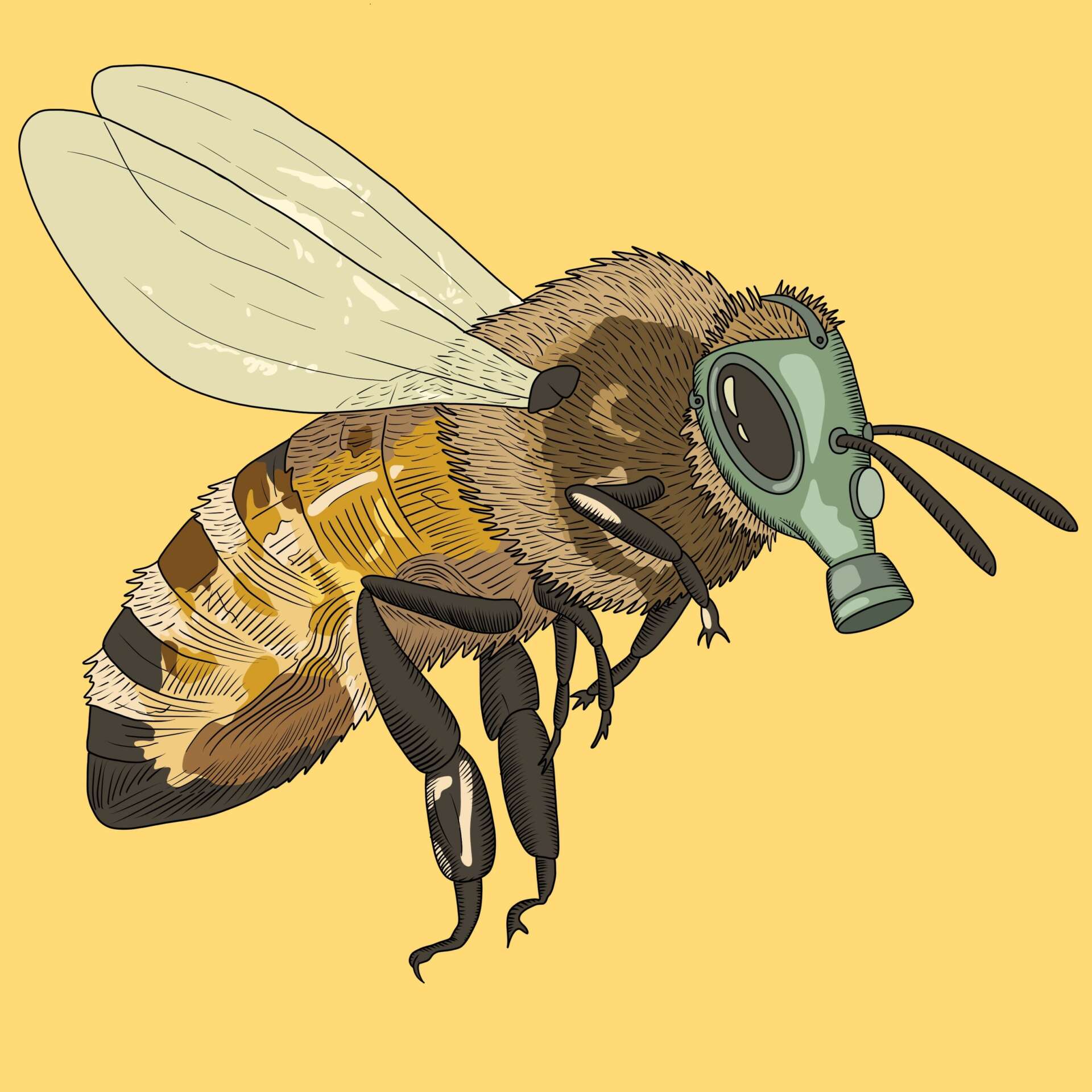
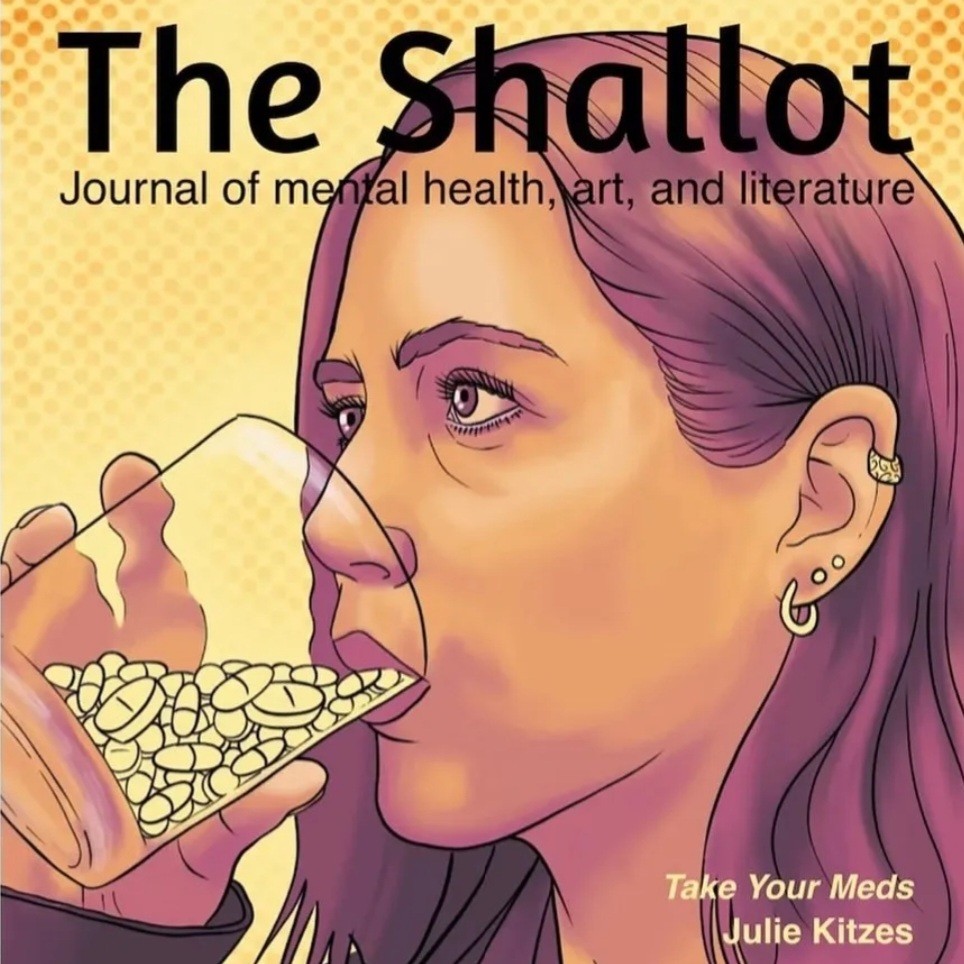
What can society do to ensure an environment that’s helpful to artists and creatives?
It’s important to remember that art is a job, and artists deserve an income for their craft. They usually have years of practice and experience under their belt, and have worked very hard to get to where they are at. With the emergence of AI, people are able to bypass all that hard work (as well as the heart and soul that goes into creating something), and anyone can generate a visually interesting image based on a simple text prompt. While the results may be very cool, there’s an ethical issue since machine learning comes from scraping the internet for work from actual artists who have put time, effort, and dedication into their work. It boils down to theft. Few professions outside of creative fields ever have their careers seen as “not a real job” while simultaneously having people demand creative work. An electrician wouldn’t be asked to fix someone’s wiring for free, yet artists are asked to work for free, or for “exposure” all the time. Artists have always had the option to say no to this sort of request, however I fear that now in the world of AI, people don’t have to ask, they can just take. People in creative fields have been laid off while their employers use the artist’s portfolio to have AI make images in their style. Creative fields may only be the tip of the iceberg in terms of what AI will destroy, but society does have an opportunity to reverse this and uplift human creators. If you like an artist – support them rather than stealing from them! Whether you want to commission work from them or even buy a print or sticker for a few bucks. Vote for initiatives that support art programs and organizations, which are already underfunded to begin with. Don’t support the use of AI in this way. Even if you can’t do any of the above, speak out and raise awareness.
Contact Info:
- Website: https://www.juliekitzes.com
- Instagram: https://www.instagram.com/juliekitzes


